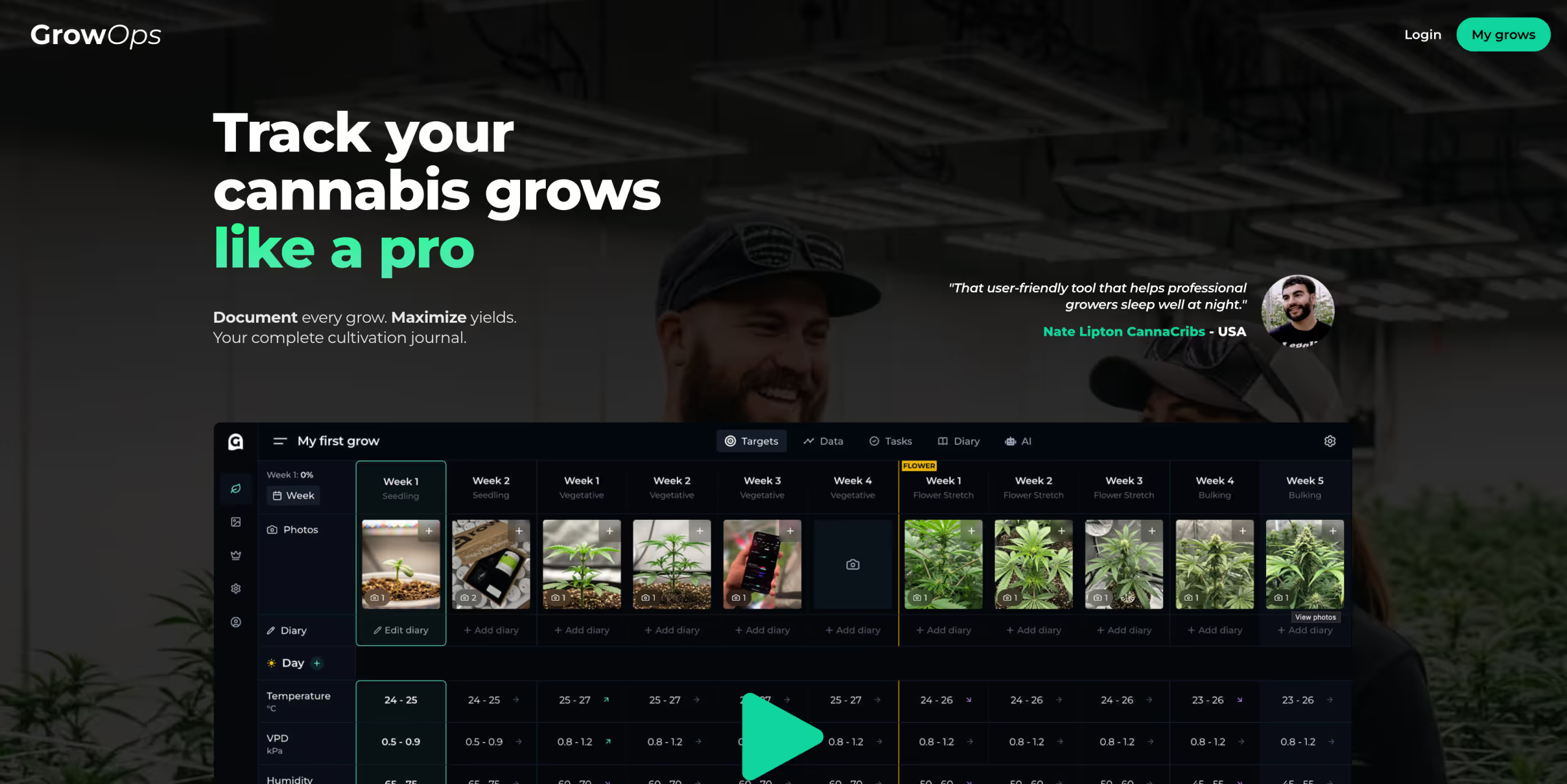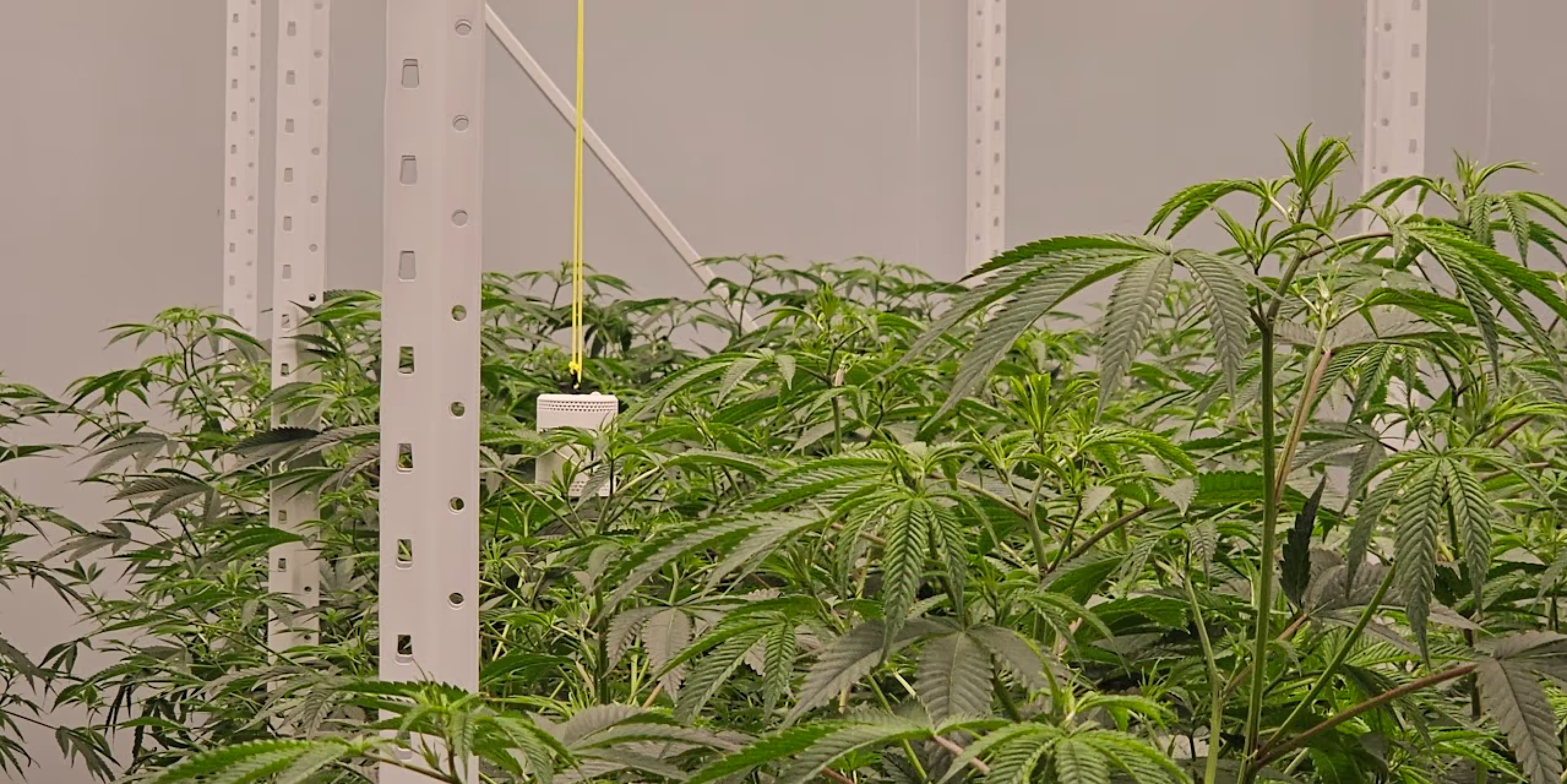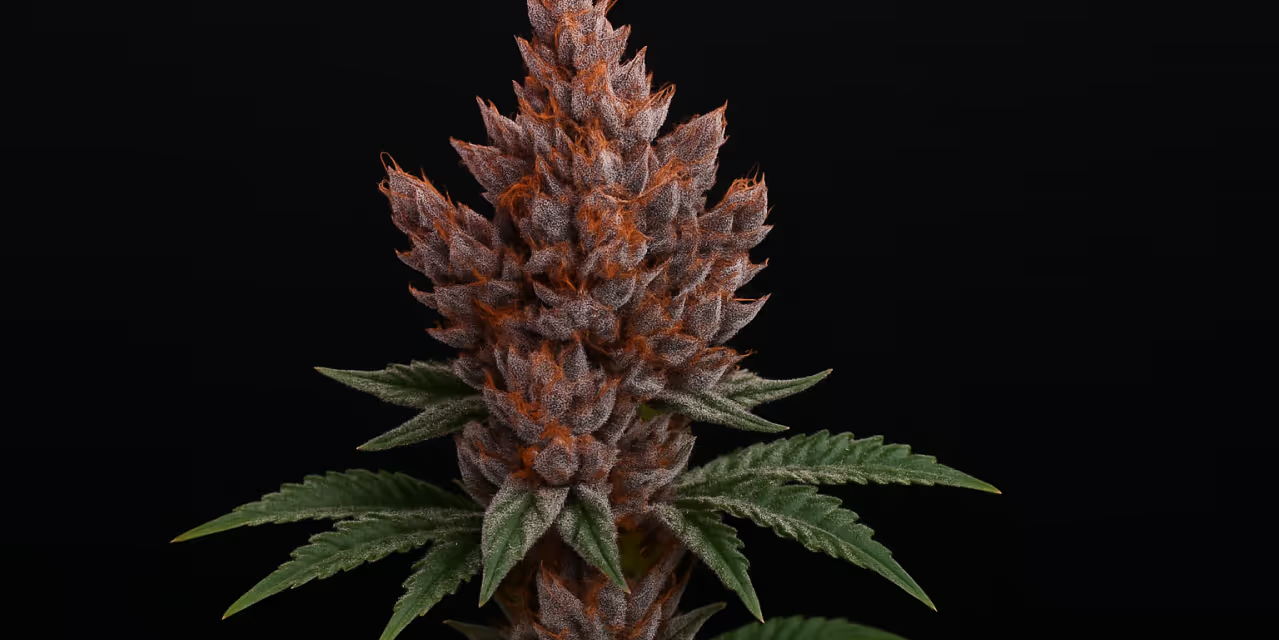Save electricity costs using DLI


As an indoor grower, you’re always looking for ways to advance your skills and grow the best plants.
With electricity prices continually on the rise, you’ll also no doubt be keen to learn more about ways you can cut your energy costs without compromising on plant or product quality.
It’s time to learn more about how daily light integral, or DLI, can ensure optimal plant health whilst simultaneously cutting your bills.
Disclaimer: Any information given on this site is for educational purposes only. Please ensure if you’re growing cannabis, you’re doing so by the law and subject to appropriate permissions and licenses of the applicable country.
A brief overview of DLI
Daily light integral represents the total photons from photosynthetically active radiation (PAR) gathered in one area during a 24-hour period. As plants essentially collect light energy, DLI effectively shows how much photosynthetic light a plant gets each day.
The importance of DLI when growing indoors
Daily Light Integral is a key player in your grow space. DLI directly impacts your plant’s plant’s health and yield. Plants require a specific amount of light, not just in intensity but also in duration, to photosynthesise effectively and progress through their growth stages.
Too little light leads to underdeveloped plants, while too much can cause stress or waste energy. When growing indoors, where most variables can be adjusted, DLI is an essential factor that determines how well your plants can photosynthesise and grow.
DLI optimisation can save you money on your electricity bills
Optimising DLI is not just about boosting plant growth; it's also a strategy for cutting down electricity costs and growing greener.
In indoor growing, artificial lighting is one of the major energy consumers. The type of lights used (e.g., LED vs. HID), their intensity, and the duration the lights are on all contribute to the overall electricity bill.
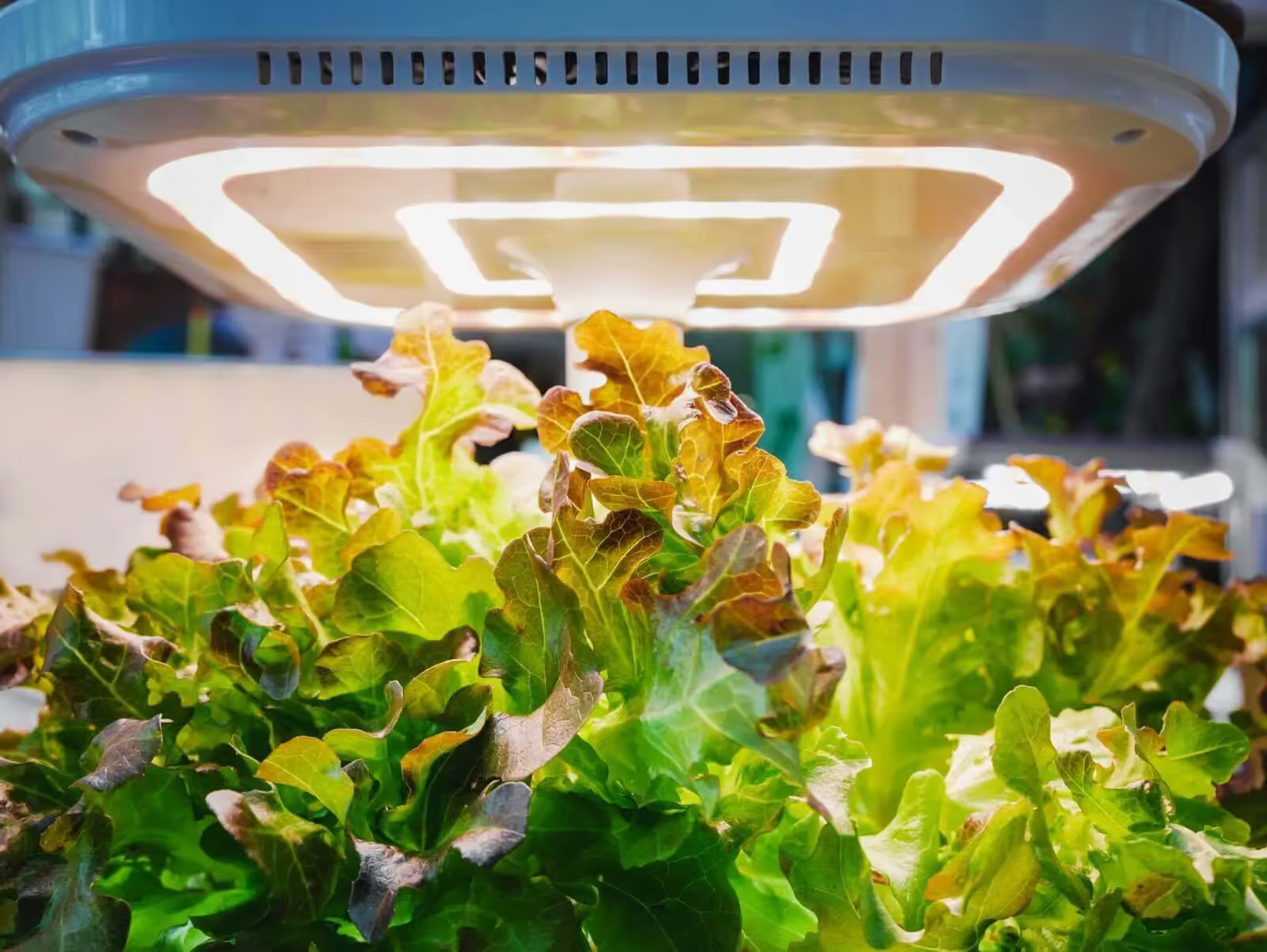
Strategies to optimise DLI for cost savings
Optimising the Daily Light Integral (DLI) is crucial for reducing electricity costs in indoor growing.
Every cultivation setup is different. To maximise your chances of success, you need to pinpoint the best mix of conditions for your grow through measuring and adjusting your DLI.
Techniques to measure and adjust DLI
Use light sensors
Implement light sensors to monitor the light levels within your growing environment continuously. These sensors provide real-time data, helping you to adjust the lighting to maintain the optimal DLI.
Use DLI meters
Equip your grow room with DLI meters that calculate the cumulative light plants receive over a day. This helps in making informed decisions about adjusting lighting systems.
Analyse the data and make data-driven decisions
Regularly analyse the data collected from sensors and meters. This analysis can reveal patterns and help identify opportunities for more efficient light usage.
When you analyse this data, you can make informed adjustments to your lighting strategy. This will allow you to balance the need for adequate lighting with energy efficiency and minimise running costs.
Adjust light intensity and duration
When you understand your plants' DLI needs, you can start optimising your lighting systems. You can start tailoring light intensity and duration to the specific needs of your plants at different growth stages. This avoids overuse or waste of electricity.
Plants hit a light saturation point where more light in a given day doesn't help them grow beyond that point, its just wasted energy. This point varies across different species, varieties, and even specific genetic types.
Skilled growers aim to find the exact daily light integral (DLI) that maximises growth for each plant group. They avoid giving too much light, as it can harm the plants and waste resources.
Remembering that a plant's ideal daily light integral (DLI) shifts through its life, adapting to its different growth stages is crucial.

Managing DLI with the Grow Sensor
Data is king. If you aren’t measuring DLI, you can’t optimise it.
The Grow sensor measures DLI and contains a full spectrum PAR sensor and a photon flux density PPFD/PPF light meter.
Monitor your lighting data 24/7 and get the knowledge you need to ensure that your plants receive the right duration and intensity of light at all times whilst minimising energy waste.
In future, get customisable light recipes with the Grow Sensor. Create 'light recipes' tailored to different growth stages and plant types to ensure each plant receives the appropriate DLI for its specific needs.

Tips for scheduling and adjusting light exposure
Aligning with plant needs
Understand the light needs of your plants at different growth stages. Adjust your lighting schedule to provide higher DLI during critical growth phases and reduce it during less critical times. Different cultivars respond differently to light intensities. Some may reach a light saturation point a lot faster than others.
Let's take cannabis as an example. At the end of the day, if the leaves droop, it's a sign they've reached their maximum Daily Light Integral (DLI). This means they've absorbed enough light and don't need any more for the day. It's a clear indicator that you might be giving more light than the plant can handle.
When it comes to flowering, the issue of excess light is less concerning. During flowering, growers typically use fewer light hours compared to the vegetative stage. This means there's less time to exceed the plant's light needs. However, it's still possible to give too much light during the flowering phase.
Plants in an optimised environment usually have a higher DLI compared to those in less ideal conditions. For instance, if you're supplementing your grow room with CO2, your plants' DLI will increase.
Energy tariff considerations
Be aware of your electricity tariff structure. Schedule high-intensity lighting during off-peak hours, if possible, to take advantage of lower electricity rates. In this way, indoor growers can significantly cut down on one of their largest operational costs.
Optimising DLI in your growing environment involves a combination of accurate measurement, efficient lighting technology, and smart scheduling.
By adopting these strategies, you can ensure your plants receive the ideal light for growth while also minimising your electricity costs, making your indoor growing operation more sustainable and cost-effective.

Constant high DLI vs. growth stage-adjusted DLI scenario
Background: Two indoor growers, Grower A and Grower B, grow the same species of plant. Grower A uses a constant high DLI throughout the growth cycle, while Grower B adjusts DLI based on the plant's growth stage.
Approach: Grower B is data-driven. They use sensors and either a controlled lighting system or manual changes to the light provided to their plants based on the sensor's data. They do this to reduce light intensity during the early vegetative stage and increase it during the flowering stage, in line with the plants' changing needs.
Outcome: Grower B reports lower electricity costs due to reduced lighting use during certain growth stages without compromising plant health or yield.
This example scenario illustrates how DLI management can reduce indoor growing electricity costs.
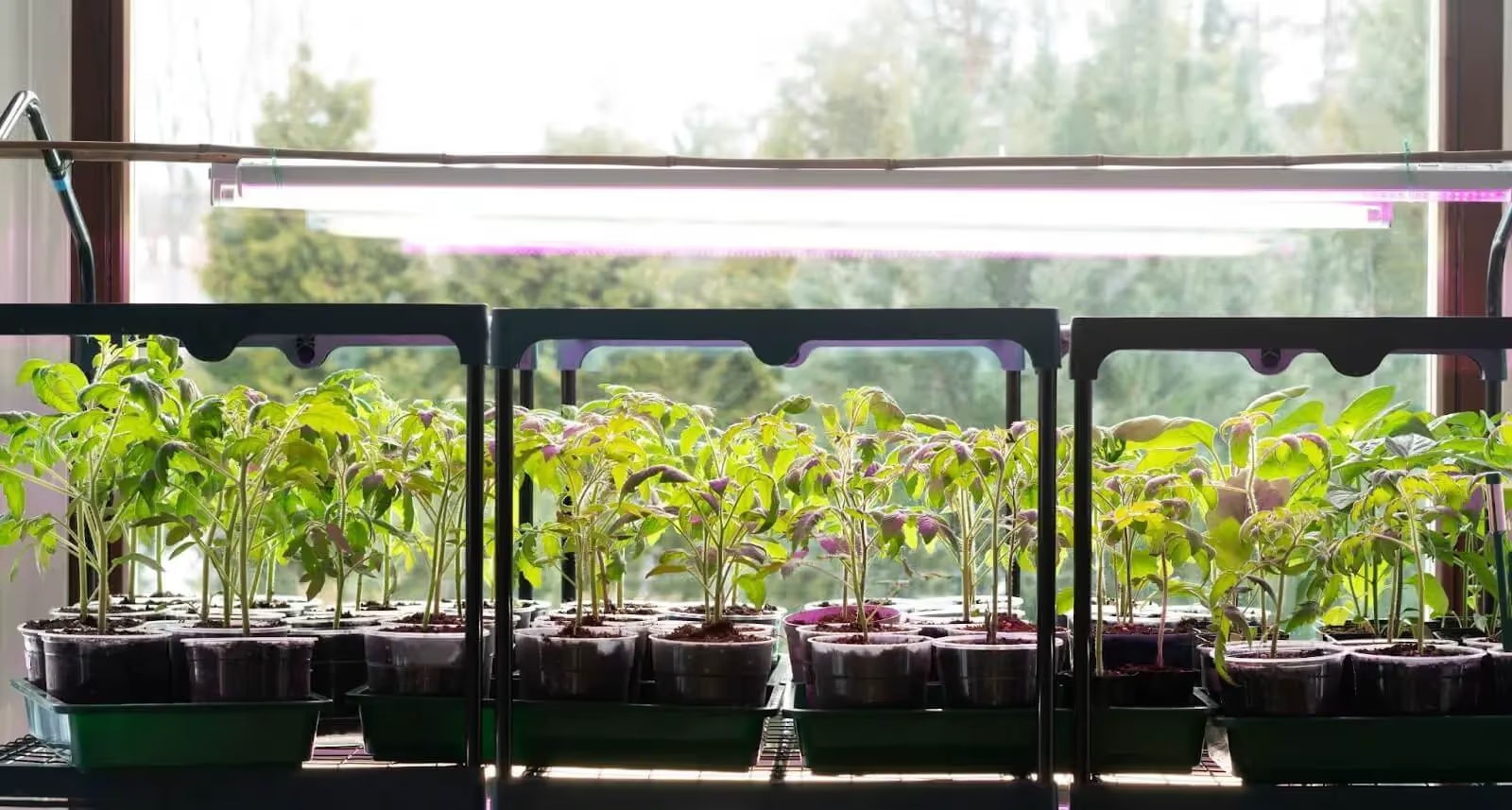
Takeaways
By understanding the DLI requirements of your plants and optimising your lighting systems accordingly, you can significantly reduce your electricity usage.
It's clear that managing DLI efficiently is more than just a technique; it's a fundamental component of successful and sustainable indoor growing.
By adopting these practices, you can ensure healthier plant growth, more efficient energy use, and a more sustainable future for indoor growing.








.avif)
